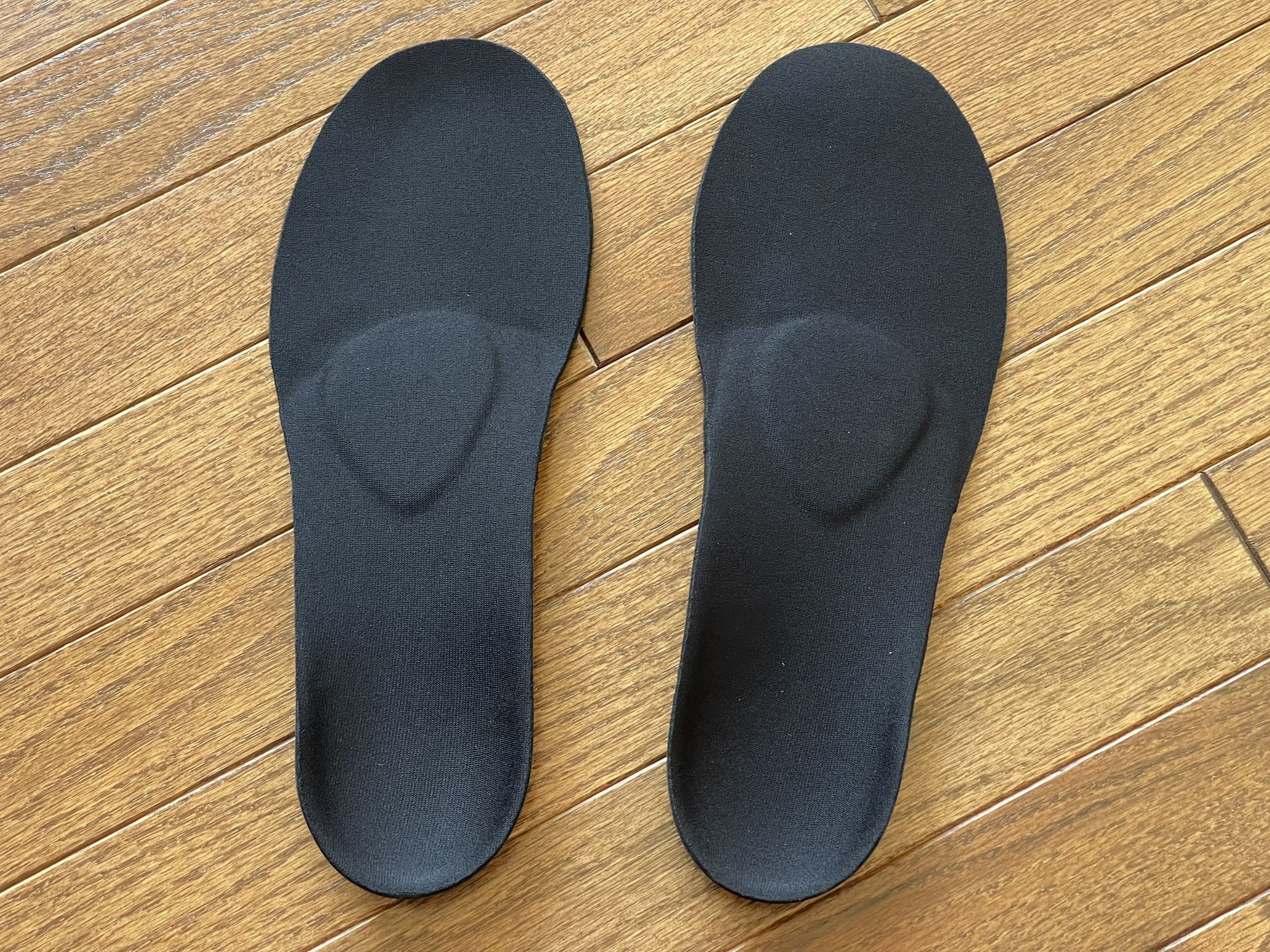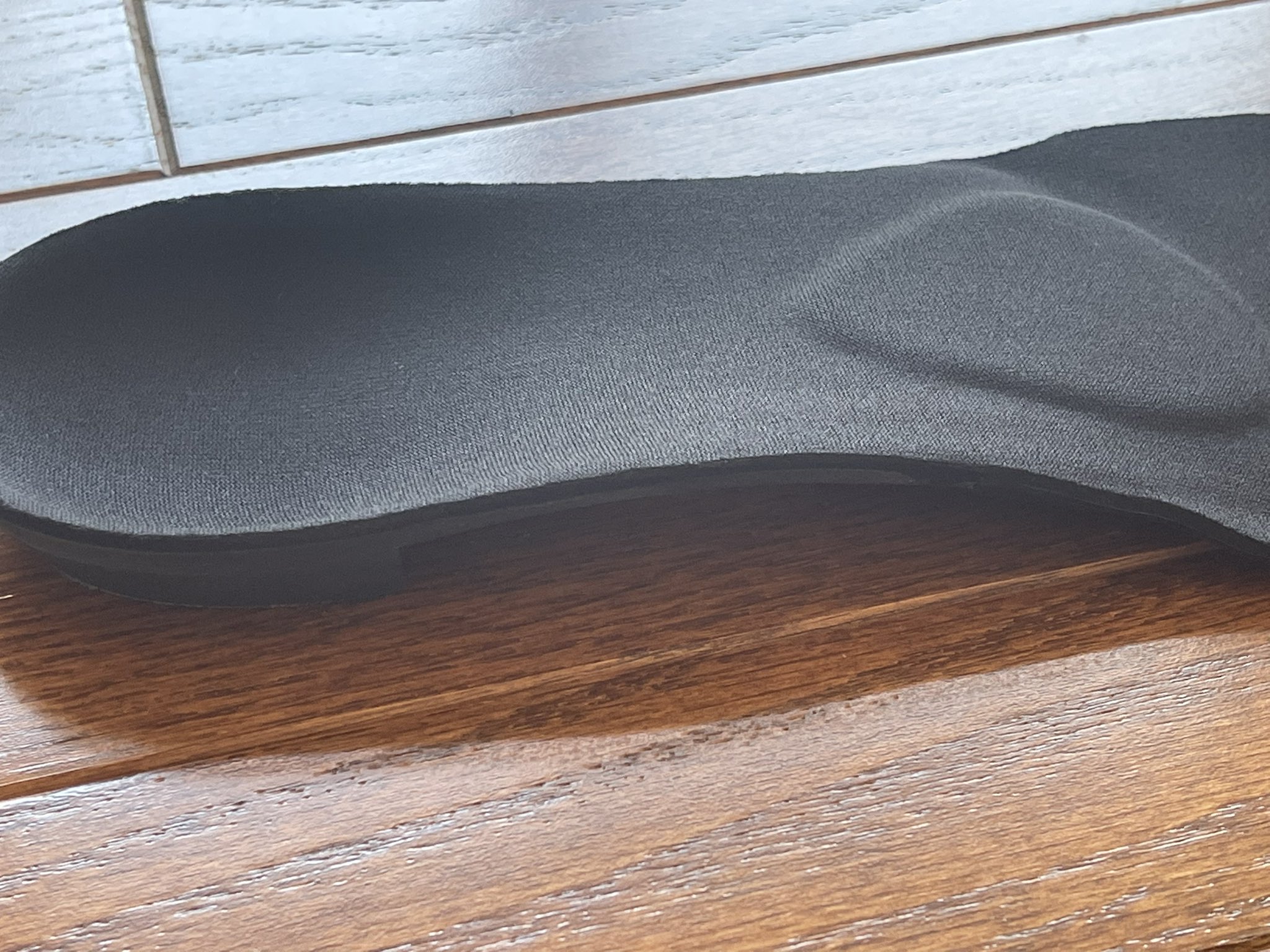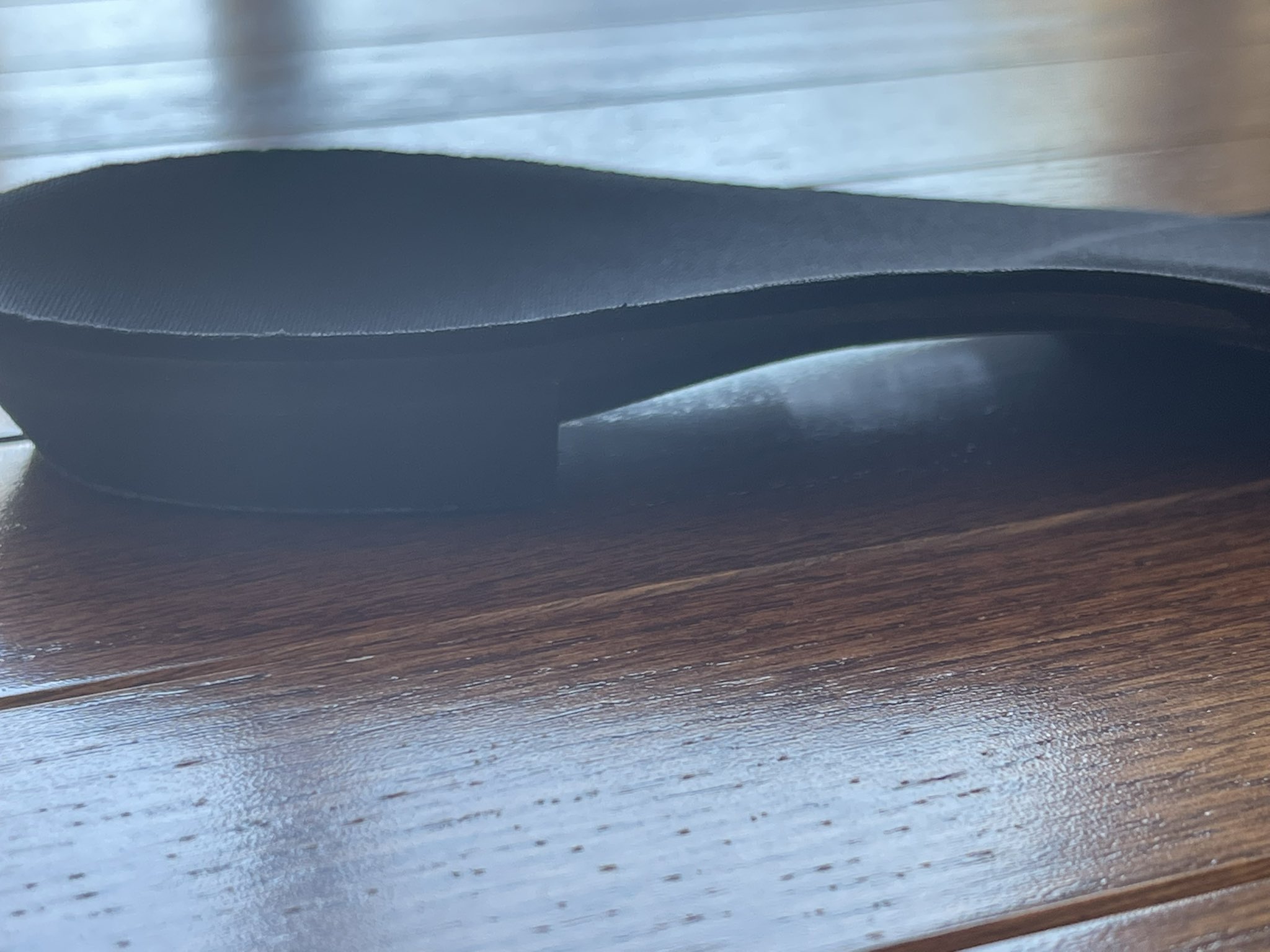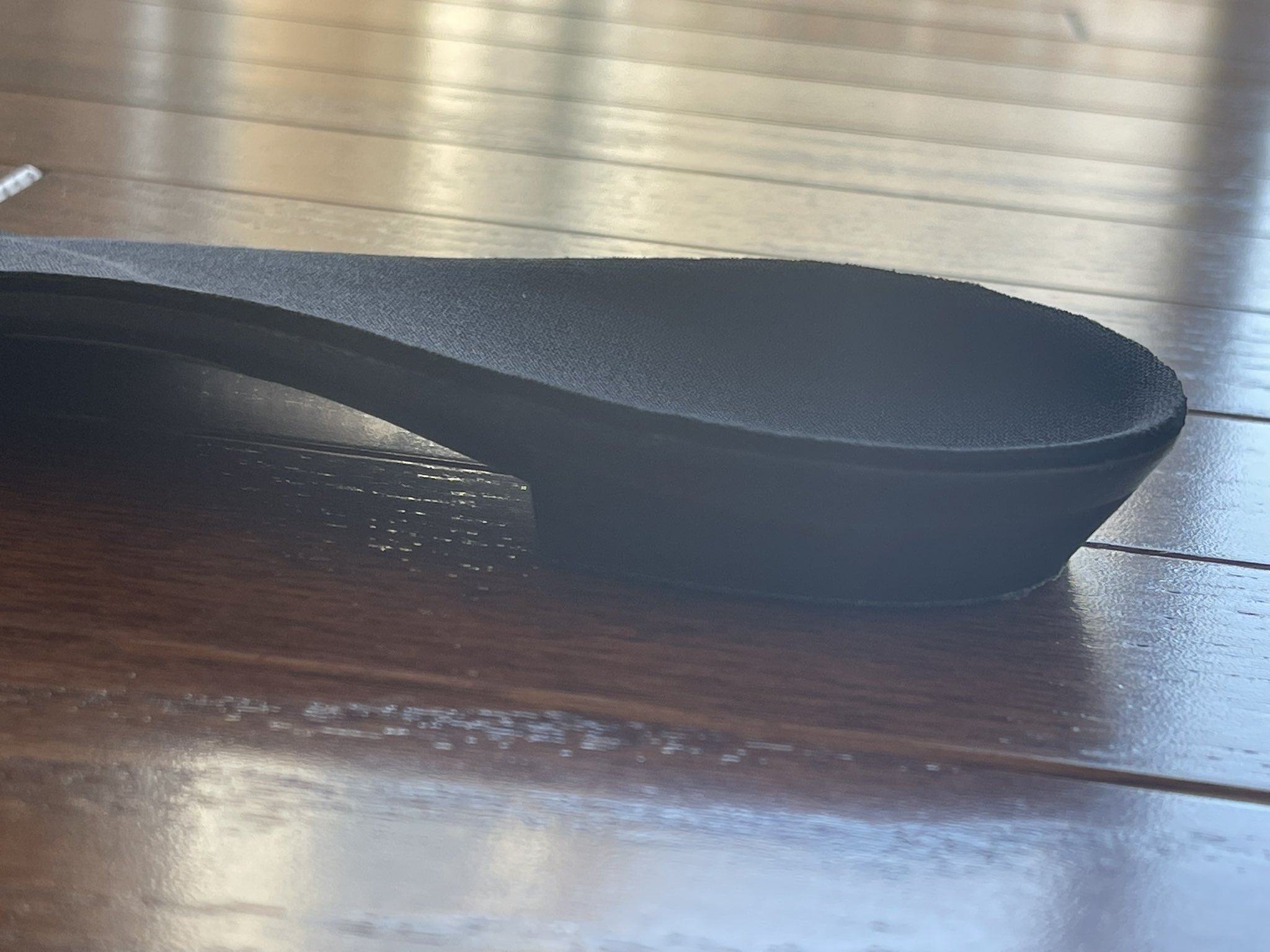RedClayFan
Rookie
Orthotics or insoles seem to be one of the few ways us mere mortals without sponsorships and custom shoes can really improve the shoes we play in. In theory, they can allow for better comfort, better energy return, and injury prevention. However, I've also heard that Federer never played with insoles in his shoes and some on this forum have attested that they think this is the best way to play.
Ultimately, the topic seems quite confusing. Podiatry doesn't seem like a hard science and there is good reason to believe that short of having massive foot issues, most people will not benefit from nor need custom orthotics that provide too much support and weaken the foot muscles. Additionally, there are questions about shoe design and whether the shoes are designed with the insoles in mind, and if so, how does replacing (or removing) that impact things? Finally, from the range of thin, OTC insoles available such as those by Superfeet, which appear to be among the most well-regarded for tennis, it's difficult to really know what their performance benefits are, if any.
What is the final word on all of this? I'd love to get a discussion going about how one can go about assessing if custom insoles are worth it and if so, what the best ones are.
Ultimately, the topic seems quite confusing. Podiatry doesn't seem like a hard science and there is good reason to believe that short of having massive foot issues, most people will not benefit from nor need custom orthotics that provide too much support and weaken the foot muscles. Additionally, there are questions about shoe design and whether the shoes are designed with the insoles in mind, and if so, how does replacing (or removing) that impact things? Finally, from the range of thin, OTC insoles available such as those by Superfeet, which appear to be among the most well-regarded for tennis, it's difficult to really know what their performance benefits are, if any.
What is the final word on all of this? I'd love to get a discussion going about how one can go about assessing if custom insoles are worth it and if so, what the best ones are.






